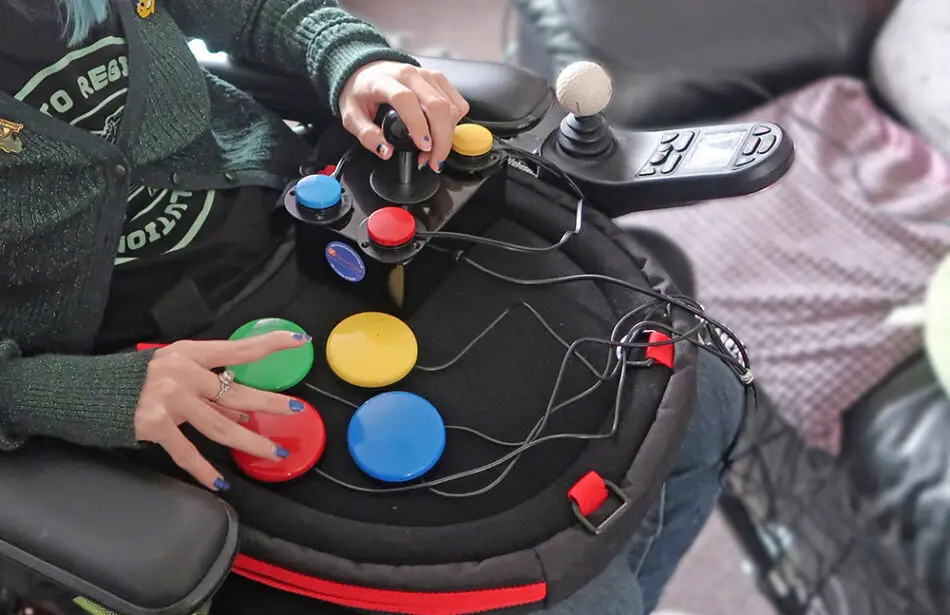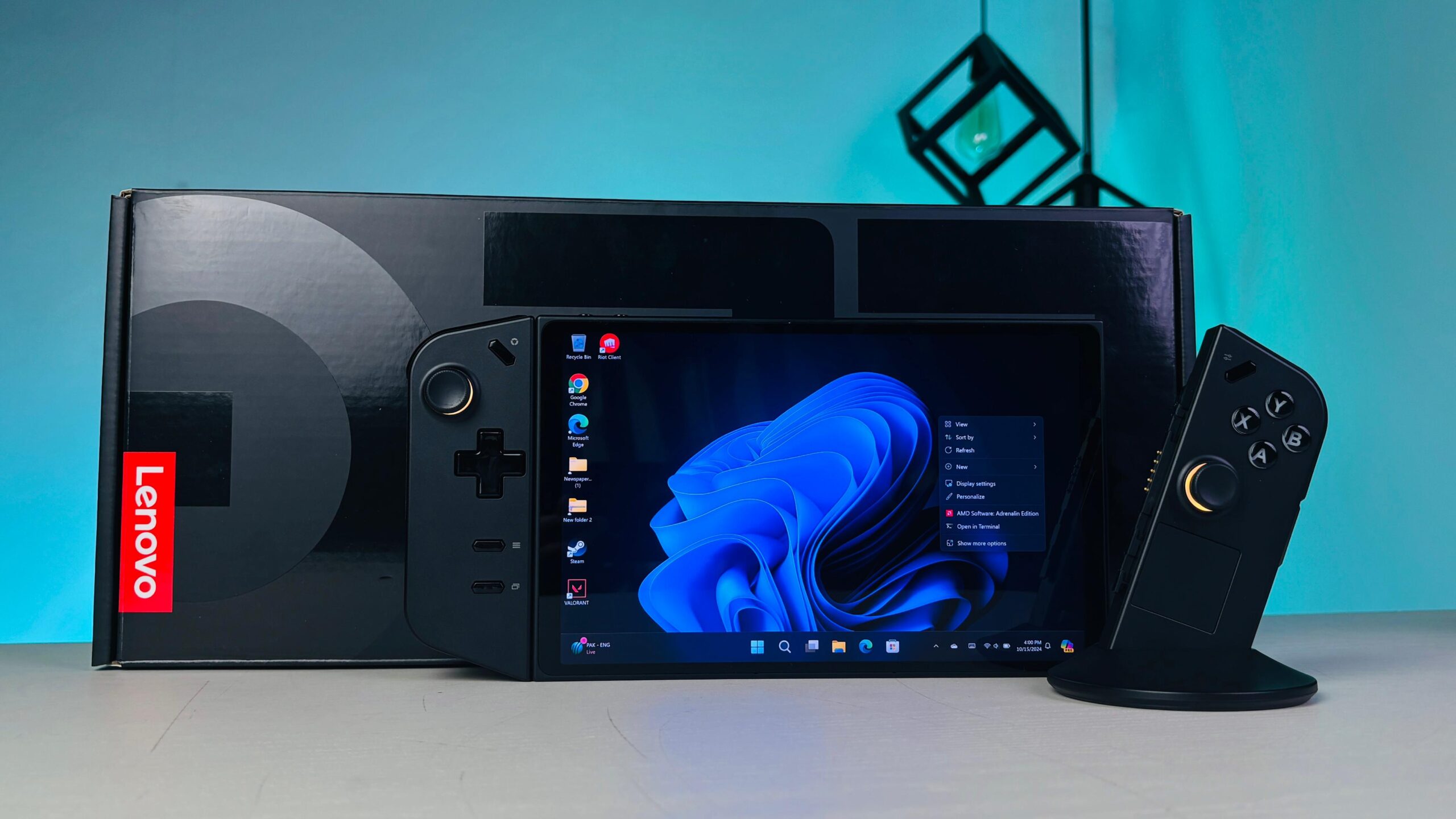
In today’s world, video games aren’t just entertainment—they’re an art form, a social outlet, and a bridge that connects people of all abilities and backgrounds. Yet, for many, these worlds remain difficult or even impossible to access fully. This article explores why audio accessibility is crucial for leveling the playing field in gaming and what features can help achieve that.
What Is Audio Accessibility in Gaming?
Audio accessibility in gaming refers to the integration of audio features and adjustments that ensure everyone, including those with hearing impairments, can fully engage with a game. These features enhance gameplay by providing necessary audio cues, compatibility with assistive devices, and options to modify sounds to suit individual needs.
Why Audio Accessibility Matters
Audio accessibility doesn’t just make games playable—it makes them more inclusive and enjoyable for everyone. For players with hearing or visual impairments, these features provide equal opportunities to immerse themselves, allowing them to enjoy the same experiences as others. Inclusivity is more than a nice-to-have in gaming; it’s a necessity.
Core Audio Accessibility Features Every Game Needs
Here are some key audio features that all games should consider to make their platforms accessible:
Screen Reader Compatibility
Screen readers convert text and elements on a screen into speech or braille, allowing visually impaired users to navigate menus and interact with the game. Games compatible with screen readers can transform the gaming experience for visually impaired users by giving them the tools to navigate game worlds independently.
Subtitles and Closed Captions
Subtitles are critical for accessibility, ensuring that all dialogue is readable. Closed captions go a step further by including non-dialogue audio descriptions, such as ambient sounds and effects. The option to customize subtitle size, color, and background can make games even more inclusive.
Audio Cues and Alerts
Audio cues are prompts or sounds that help guide players in the game world. These cues assist players with visual impairments by signaling actions, hazards, or objectives. For instance, some games use distinctive sounds to indicate proximity to objects or enemies, making gameplay navigable without needing to rely on visuals.
Volume Customization Options
Every player has unique sound preferences, especially those with hearing impairments. Volume customization lets players adjust sound levels for dialogue, effects, and background music individually, making the gaming experience more adaptable to each user’s needs.
Voice Chat Accessibility
For multiplayer games, voice chat is a key aspect of communication. Voice-to-text and text-to-speech features enable players who are hearing impaired or who prefer not to speak to participate in voice chat, enhancing the social experience.
Descriptive Audio Narration
Descriptive audio narrates on-screen action, providing context for players who have visual impairments. This feature is often found in single-player games where immersion and understanding the story are critical. Descriptive narration can make complex or visually dependent games more accessible.
Adaptive Soundscapes
Adaptive soundscapes adjust audio to fit players’ needs, whether they require background noise reduction or spatial audio adjustments to enhance directional cues. This feature is especially beneficial for players with attention challenges, as it can help to direct focus on critical sounds.
Visual Indicators for Sound Effects
For players with hearing impairments, visual indicators can substitute or supplement sound effects. Games can use on-screen graphics or vibration feedback to indicate nearby sounds like footsteps, explosions, or other significant audio events, ensuring that every player can respond effectively.
Support for Assistive Listening Devices
Compatibility with hearing aids or other assistive devices ensures that more players can enjoy immersive audio. By supporting Bluetooth connectivity and other features, games can make it easier for players to connect their devices without workarounds.
Challenges in Implementing Audio Accessibility
The journey to full audio accessibility comes with challenges. Adding these features can require significant development time and cost, particularly for smaller studios. However, with demand growing, more companies are investing in accessible solutions that benefit all.
Case Studies of Games with Excellent Audio Accessibility
Several games stand out for their commitment to audio accessibility. The Last of Us Part II, for example, offers detailed audio cues, screen reader compatibility, and audio descriptions, setting a high standard for accessible gaming.
The Future of Audio Accessibility in Gaming
The future of audio accessibility in gaming looks promising. Emerging technologies, like AI-driven adaptive soundscapes and improved voice recognition, are opening up new possibilities. By embracing these advancements, the gaming industry can make games more inclusive for everyone.
How to Boost Audio Accessibility Features for Hearing-Impaired Gamers
According to PIA’s blog post to enhance audio accessibility for hearing-impaired gamers, developers should focus on several key strategies. First, implementing comprehensive subtitles that include both spoken dialogue and non-verbal audio cues, along with customizable options for size and color, is crucial. Visual indicators that flash in response to important sounds can also provide essential context. Additionally, robust audio customization settings allow players to balance dialogue, sound effects, and ambient sounds according to their preferences. Finally, involving the hearing-impaired community during the development process ensures that features are genuinely helpful and inclusive.
Conclusion
Audio accessibility is an essential piece of inclusive gaming, allowing players of all abilities to experience the full depth and excitement of video games. As developers continue to improve these features, we’re moving closer to a world where everyone can participate in the adventures and stories that games offer.
FAQs
Q1: What is audio accessibility in gaming?
Audio accessibility in gaming refers to tools and settings that enhance audio for players with disabilities, making games more inclusive.
Q2: Why is audio accessibility important?
It enables players with disabilities to fully enjoy games, enhancing inclusivity and creating a better experience for all.
Q3: Can I turn on subtitles in any game?
Most games now offer subtitle options, though quality and customizability may vary from game to game.
Q4: How can game developers improve audio accessibility for hearing-impaired gamers?
Game developers can improve audio accessibility by incorporating comprehensive subtitles that include audio cues, customizable options for readability, and visual indicators for important sounds.
Q5: Why is community feedback important in enhancing audio accessibility features?
Community feedback is crucial as it helps developers understand the specific needs of hearing-impaired gamers, ensuring that the accessibility features implemented are effective and user-friendly.


















